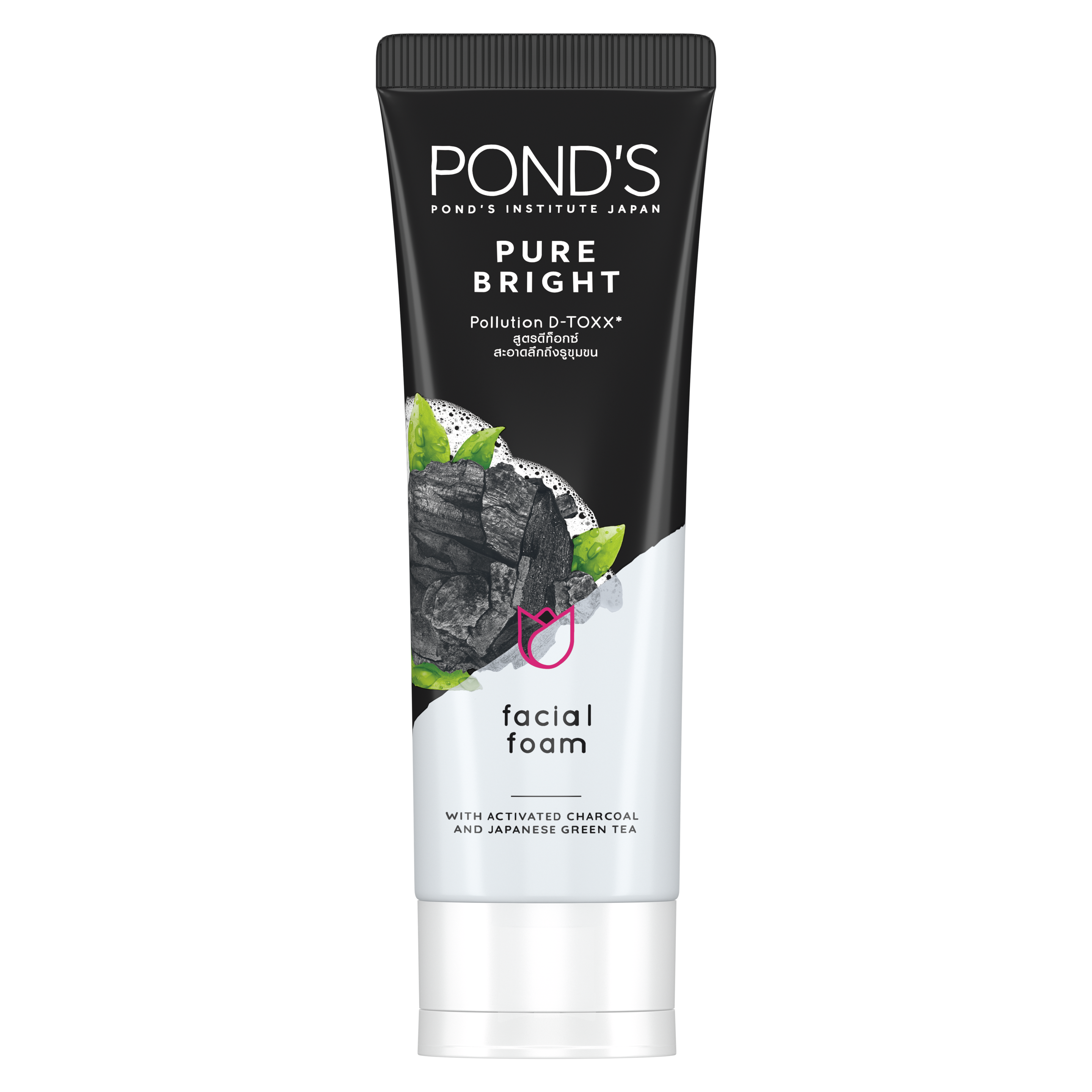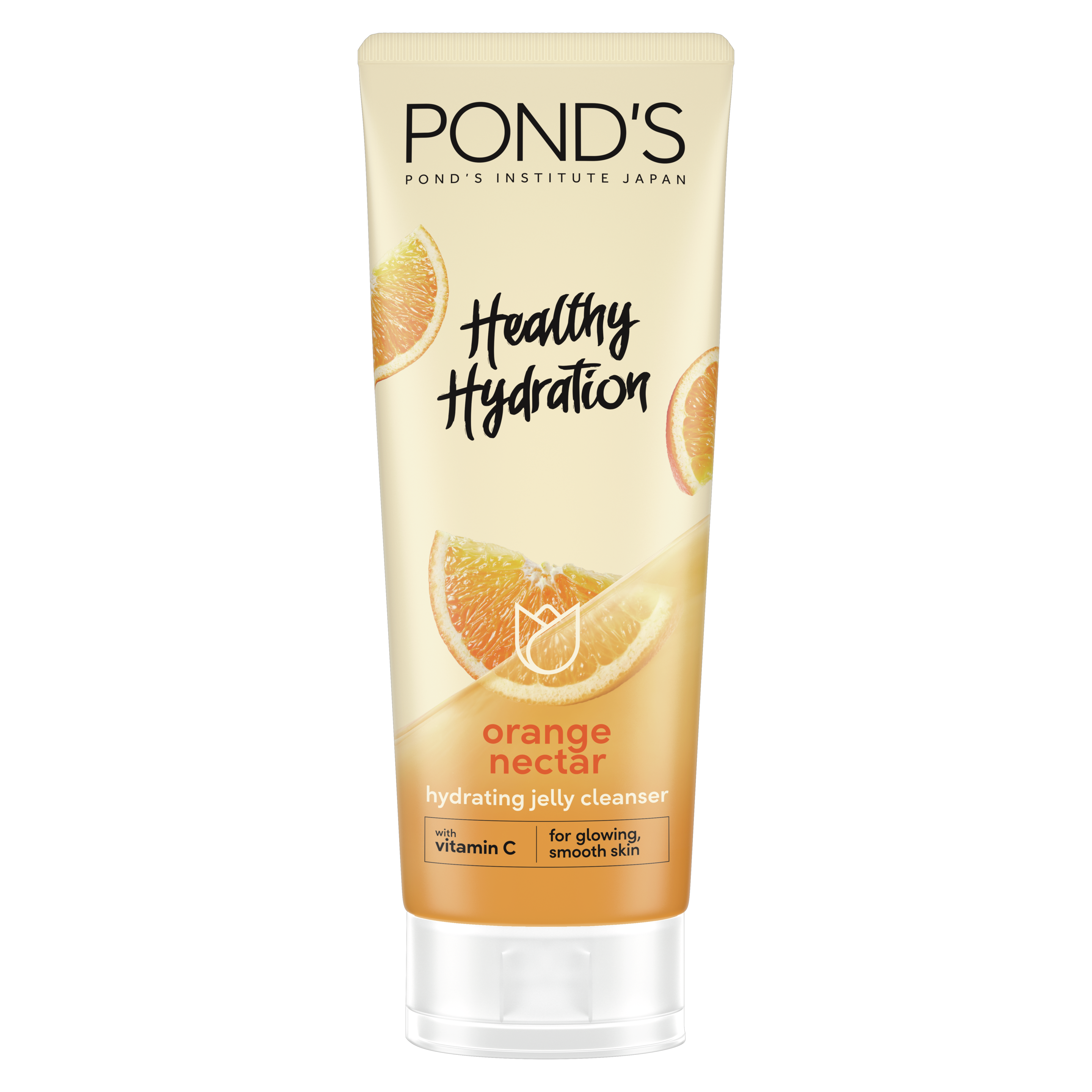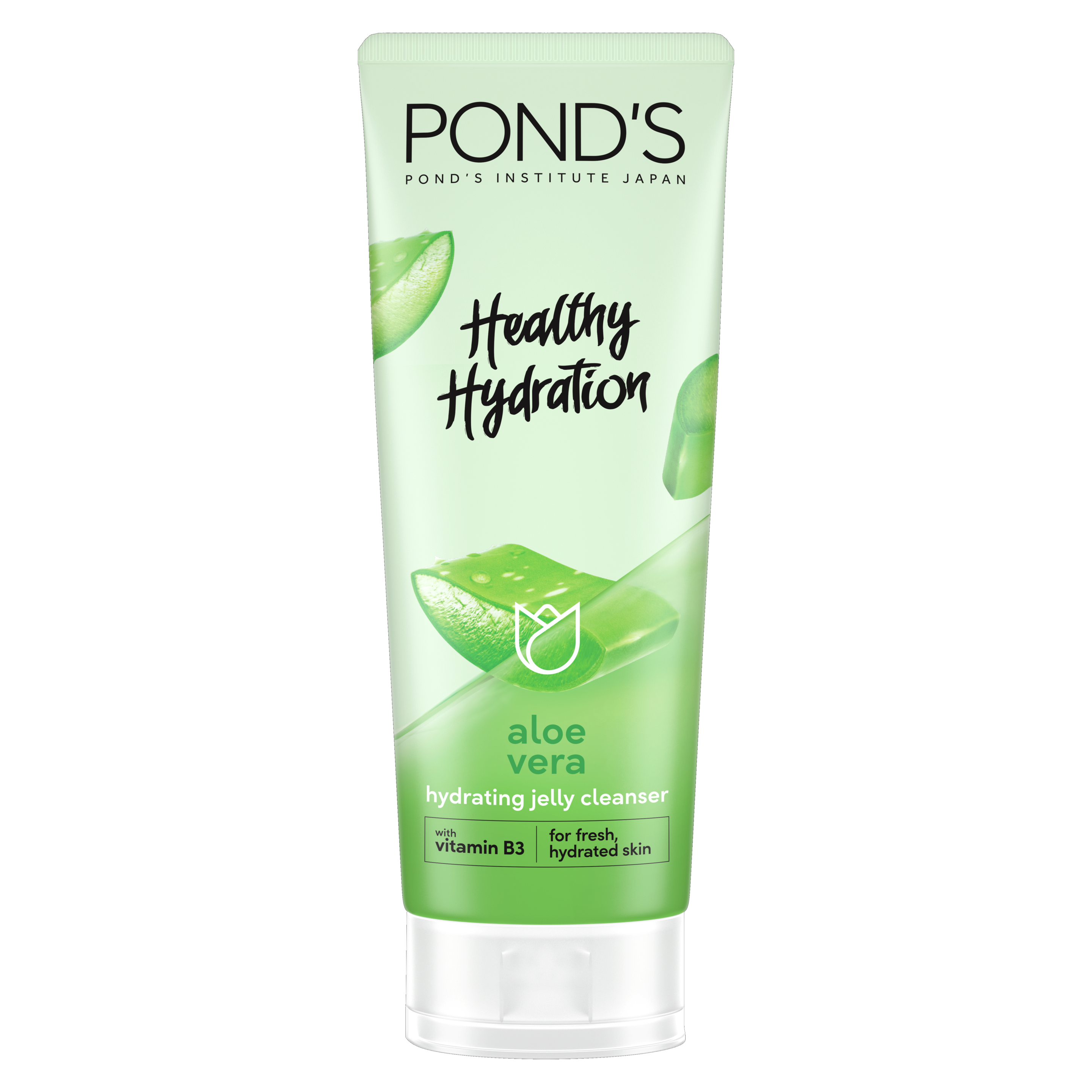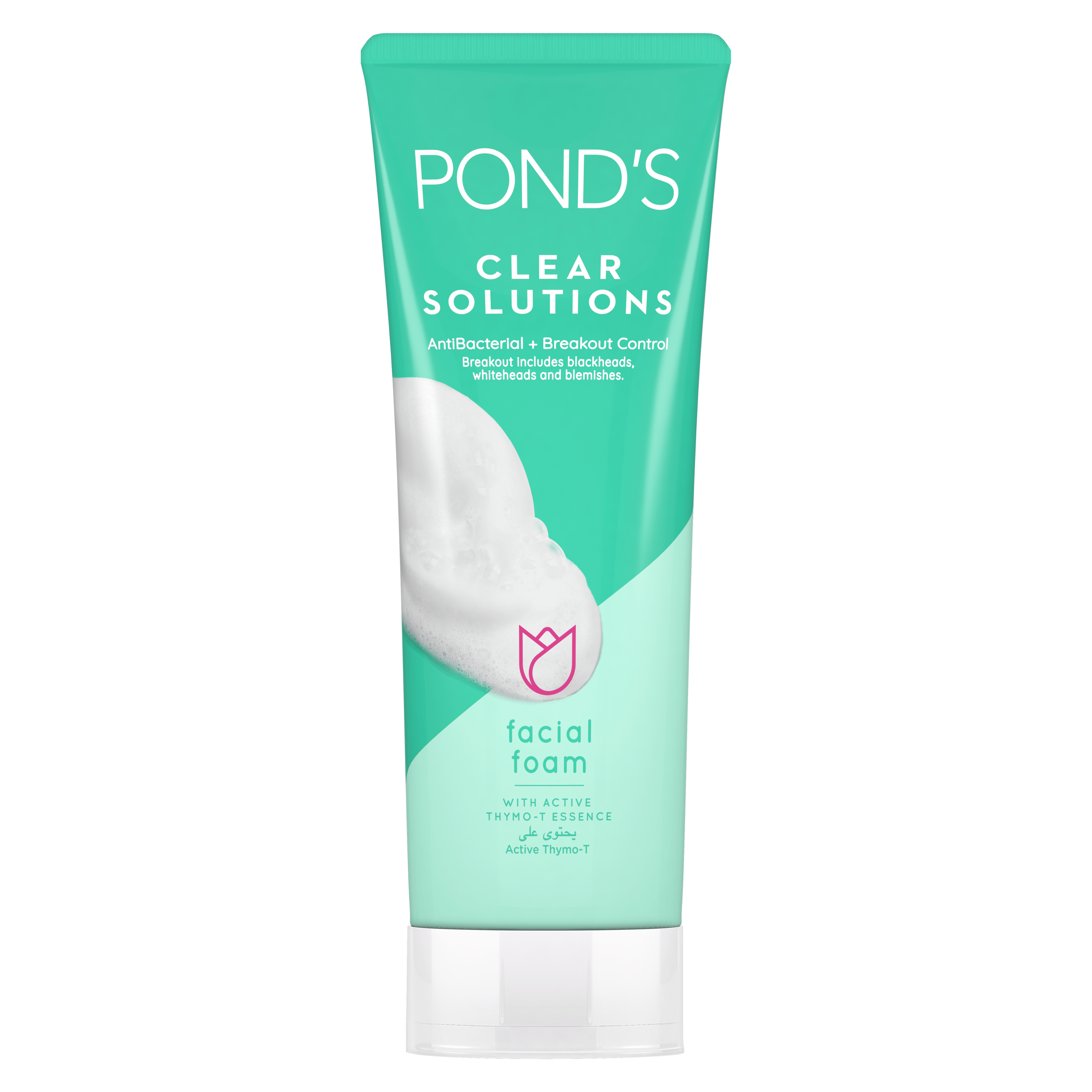TAKE THE TISSUE TEST AND FIND YOUR SKIN TYPE
In Cleansing
Like us, all skin is unique. But, skin types tend to fall into five different categories and knowing more about the different types of skin can make all the difference to your skin care regime. Our skin’s condition can be affected by genes, the environment, stress and even beauty products. That’s why it’s so important to match your skin to the care it needs.
There’s one easy test that you can do at home to help spot your skin type.
The Skin Type Test
Try this. Take a piece of tissue paper, and wipe your face.
What do you see on the tissue paper?
No trace of oil at all on the tissue paper? You have balanced or dry skin.
Traces of oil on the paper? You have oily skin.
Balanced skin
Balanced or dry skin leaves no trace on the tissue paper.
Balanced skin is a result of good circulation as your pores are tiny and practically invisible. Skin also looks smoother, cleaner and healthier than other skin types. Although less prone to problems, you should still treat balanced skin with care. Diligent skin care now may prevent skin problems in the future. So, after using a facial cleanser, make sure you moisturize with a light, non-greasy moisturizer.
Dry Skin
Dry skin is usually due to water loss and does not retain oil easily. If not properly cared for, dry skin can itch, flake or crack and make wrinkles more noticeable. Here’s what to look for in dry skin:
- Pores are tiny and practically invisible.
- Your skin might feel tight.
- Skin can look a little dull due to the lack of water.
- Skin can feel rough.
- Your skin might be more sensitive to irritation.
So What Causes Dry Skin?
Dry skin can be hereditary or caused by aging. Extreme weather, unsuitable beauty products and long, hot showers can also dry out your skin.
How Do You Take Care of Dry Skin?
- Use warm water when washing rather than hot.
- Pick a gentle facial cleanser.
- Dab the skin dry after washing.
- Apply moisturizer immediately afterwards to lock in moisture.
- Ingredients like jojoba oil or shea butter in creams can also help soothe dry skin.
Oily Skin
Oily, sensitive and combination skin may leave blots on the tissue paper.
If you see large blots on the tissue paper, chances are you have oily skin. Here are a few things you might notice about oily skin:
- Oily skin can be shiny and greasy.
- Your pores are likely to be quite large so it’s easier for dirt to get inside, causing them to clog.
- Clogged pores can make the skin’s surface dull and often lead to acne.
What Is Acne?
Hair follicles or pores can become blocked by excess sebum (an oily substance created by the body) and dead skin cells. This build-up can cause acne, or comedones, in the form of whiteheads, blackheads and pimples.
Although acne is most common among teenagers during puberty, hormonal changes can cause it to appear during adulthood too. Stress, diet and certain medications are also linked to acne flare-ups.
How Do You Take Care of Oily or Acne-prone Skin Types?
- A face wash or cleanser with salicylic acid can help to clear acne.
- Washing your face two to three times a day can improve oily skin. However, be careful not to overwash, as this can create excess oil.
- Use a moisturizer that’s lightweight and non-comedogenic (it won’t clog pores).
- Studies have also shown that topical tea tree oil can be effective.
- Don’t pop those pimples! It might be tempting but don’t pick or squeeze spots. If you do, your skin can take longer to clear and you may increase your risk of scarring.
Sensitive Skin
How do you know you have sensitive skin? Here are some of the tell-tale signs:
- Skin could be a reddish colour.
- Sensitive skin is prone to irritation and itching.
- Your skin can be susceptible to rashes.
- Your skin might react to certain fragranced products.
How Do You Take Care of Sensitive Skin?
As with all different types of skin, it’s important to find the right beauty products and make a few lifestyle changes to suit your skin type.
- Hot air indoors can dry out sensitive skin, but a humidifier can help add extra moisture into the air.
- Look for a moisturizer that uses soothing ingredients like aloe or chamomile.
- Watch out for potential allergens or irritants in products that use certain fragrances or dyes.
Combination Skin
If your skin changes from oily to balanced to dry, then you have combination skin. Here’s what to look out for:
- Skin is typically balanced or dry on the cheeks, eyes and mouth area.
- Skin is oily around the T-Zone (forehead, nose and chin).
- Pores might be enlarged on oily skin so they can become blocked more easily and lead to acne, such as blackheads.
How Do You Take Care of Combination Skin?
Like all different skin types, combination skin needs special care that you might need to tailor for each area.
- Use a mild facial cleanser.
- Opt for a medium-weight moisturizer with a broad-spectrum sunscreen.
The appearance of your skin can change with your lifestyles and skin treatments. All skin types can also change due to hormones, pregnancy and your overall health, but keeping on top of a skin care regime and finding the products that are right for you will help your skin to stay soft and strong.
Read more about how to combat oily skin, with solutions by our experts at The Pond’s Institute.
GREAT CLEANSING SOLUTIONS FOR YOUR SKIN
- slide 1
- slide 2
- slide 3
- slide 4








